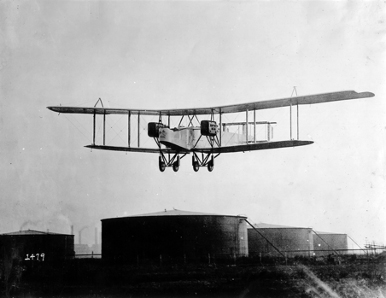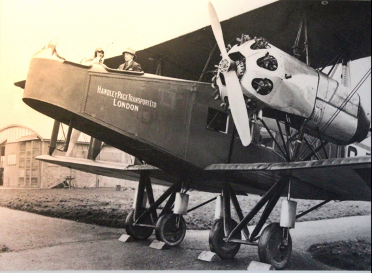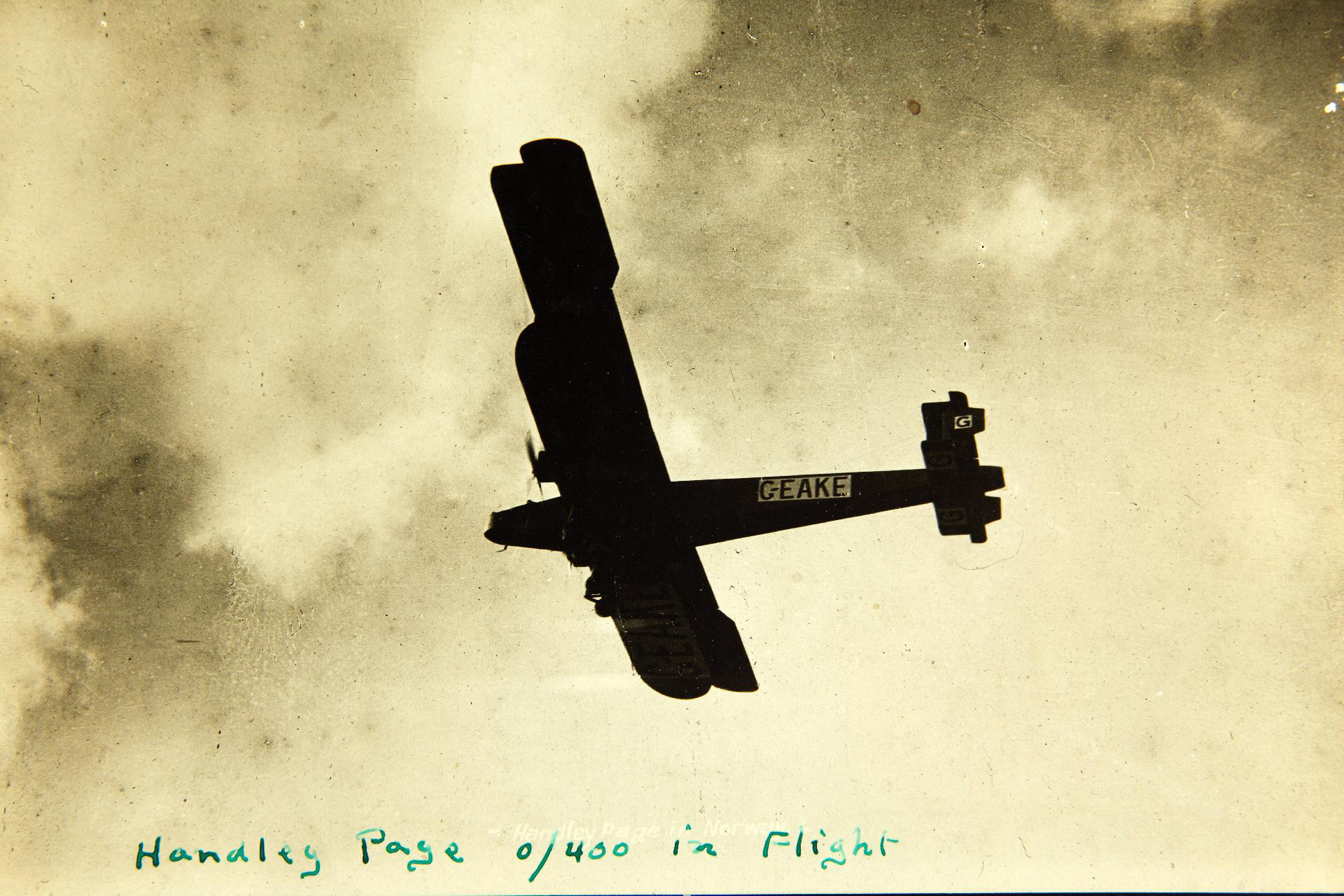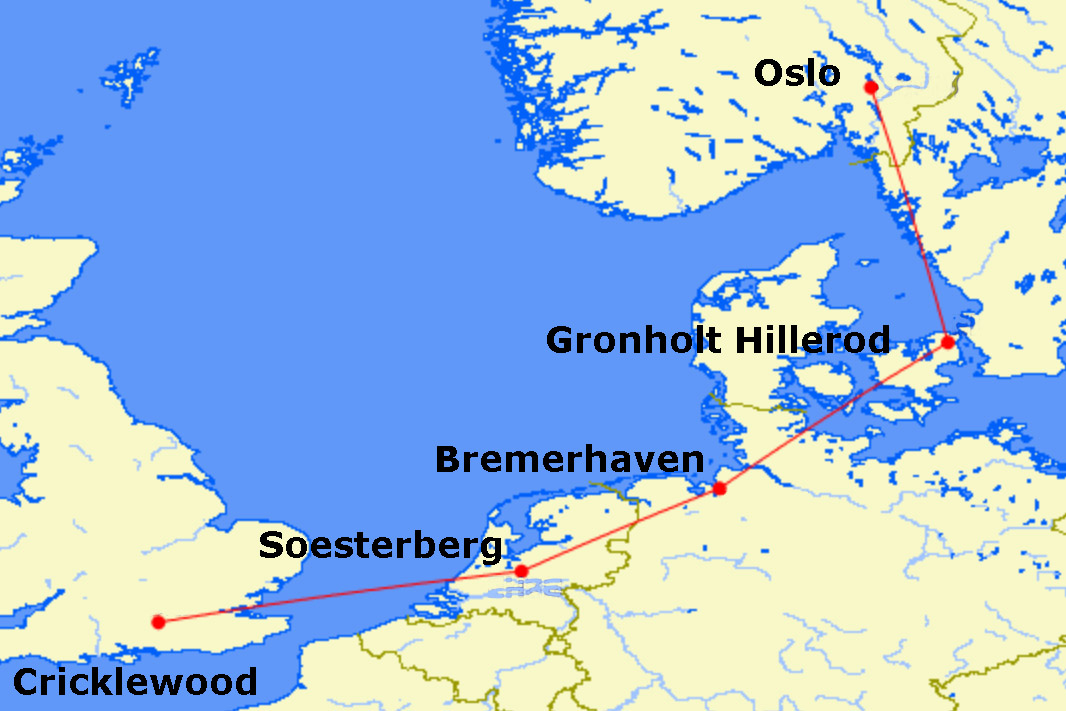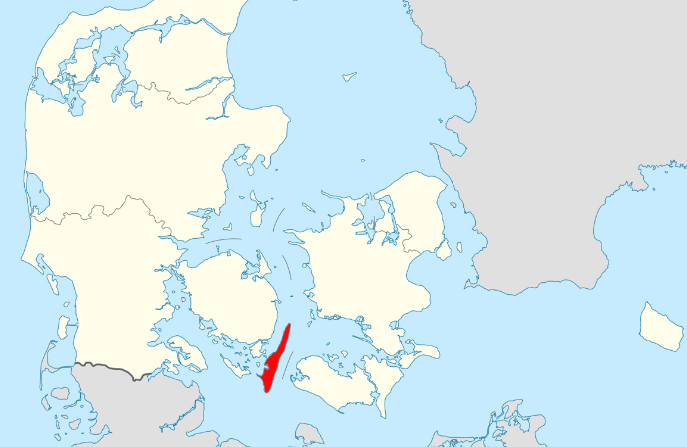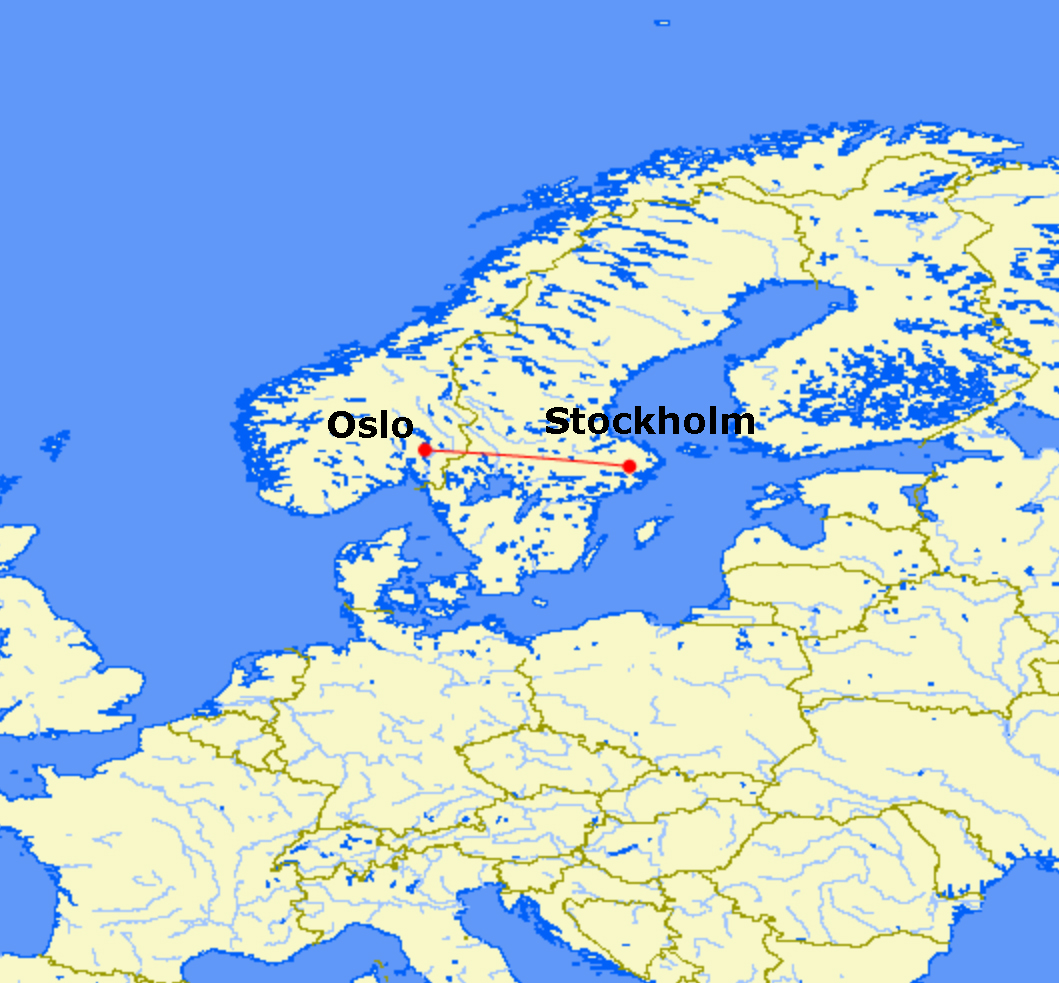“As a pilot have you ever felt such a level of exhilaration having accomplished something that daring, dramatic, and heroic?” asked my wife as we left the movie theater. We had just watched The Aeronauts, a movie inspired by meteorologist James Glaisher’s unprecedented and persistent efforts to predict weather using manned balloons. Between 1862 and 1866 Glaisher carried out 28 balloon expeditions and in one of them, dramatized in the movie, both he and the aeronaut nearly died as their balloon ascended uncontrollably. Eventually, having reached a height of 36,000 feet, the aeronaut somehow recovered consciousness, miraculously survived the climb to the top of the balloon, was able to fix the stuck-frozen relief valve which stopped the balloon’s uncontrolled ascent, and in doing so heroically saved their lives. These daring aeronauts took their balloons to unimaginable altitudes as they battled hypoxia, freezing temperatures, strong winds, and even thunderstorms. These daring balloon ascents were very risky but provided Glaisher the means to turn weather prediction into a science.
— Ivan Luciani

Updated:
2020-06-30
I thought about her question for a few seconds and responded: “No, I’ve never been in a situation where I ever felt that way.”
She seemed somewhat disappointed by my admitted lack of heroism so I decided to expand further. “Those were the days when people were exploring the unknown and in the process risked their lives in the spirit of discovery. As corporate pilots everything we do is aimed at identifying and minimizing risk. Unlike these early pioneers we do not have to fly blinded into the unknown. Today, what we do feel is a great sense of satisfaction knowing that we completed a trip safely, effectively, and efficiently.”
She smiled and seemed satisfied with my answer.
Although we have come a long way since those early days in aviation it is important for us to recognize and appreciate that achievements in today’s modern aviation originated from the “daring, dramatic, and heroic” efforts of those pioneers. It is easy for us to take for granted how far we have come since then. To highlight the point consider the unprecedented efforts to link by air the capitals of two European countries using a former WWI bomber converted to carry passengers.
This is the story about those early days; one hundred years ago to the day, as a matter of fact. This is the story about:
Norway to Sweden — The End of the Race for G-EAKE

1
Accident Report
- Date: 30 June 1920
- Type: Handley Page O/400
- Operator: Handley Page Transport
- Registration: G-EAKE
- Fatalities: 0 of 2 crew
- Aircraft Fate: Damaged beyond repair
- Phase: En route
- Airport: (Departure) Kjeller Air Base (ENKJ), Norway
- Airport: (Destination) Stockholm, Sweden
2
The Great War and the birth of the Handley Page O/400
Countries at war promptly recognize that their chances for avoiding defeat depend in great part on their industries’ ability to produce more advanced and lethal weaponry than their enemies. Some of the technology developed for war eventually spins off into civilian use. One early such example is the Handley Page O/400.
The Handley Page O/400 was a long-range bomber flown briefly by the Royal Air Force (RAF) during the Great War (1914-18). By the time it entered service, towards the end of the war, it was considered the largest aircraft ever built in the UK and one of the largest in the world. After the war most of these bombers were placed into storage with some of them eventually finding new life as civil airliners.
The Handley Page O/400 represented a remarkable technological achievement. This is particularly so when you consider that the first successful heavier-than-air powered flight had taken place a mere 15 years earlier over the rolling hills of Kitty Hawk. The Great War had rapidly accelerated technological advances in aviation and these advances subsequently benefited the development of a still nascent airline industry.
[Mulder] Personally, I regard this huge twin-engined biplane as one of the finest and most impressive aircraft of the post-War (i.e. Great War, 1914-1918) era. It was of course only the first attempt to build a civil airliner. Forty-three bombers were converted for civil use and thirty-four were registered in Britain.
3
Plans for the start of civil aviation after the war
[Mulder] Two years before the end of the Great War (October 1916) George Holt Thomas started to work on his plans for commercial aviation after the war. His plans were to be ready at the end of the war. But the sudden end of the Great War in November 1918 and the prohibition of civil aviation hampered the effectuation of his plans. He had to wait until the ban was lifted (May 1919). Handley Page Ltd was then able to start the conversion of its O/400 and V/1500 models. The first aircraft to be converted were four O/400s with the military identities: D8350, F5414, F5417 and F5418. They were stripped from their military equipment and then had simple passenger seats installed.
There are many things we take for granted today that originated in the restless minds of visionaries like George Holt Thomas. It is absolutely remarkable how in the middle of one of the most devastating wars ever fought, with war’s end impossible to predict, he was already busy making plans for the development of commercial aviation. As a result of his efforts George Holt Thomas is duly recognized as an aviation industry pioneer.
4
Norway – projecting its image
Norway, a relatively small and young country, was eager to project its image and expand its modest influence over larger and more influential neighboring countries. So a plan was devised to use a converted Handley Page O/400 aircraft to perform the first ever passenger trip between Kristiania, its capital (now Oslo), and Stockholm, Sweden. The fact there were a number of these large aircraft readily available made them an ideal choice. And so a number of demonstration flights between Denmark and Norway were to be conducted before the aircraft’s planned return to Cricklewood.
[Mulder] The aircraft picked to fly to Norway was the Handley Page O/400, G-EAKE. It had originally been built for the RAF (under Contract No 35a/3358/C3929) by Birmingham Carriage Co Ltd with serial J2252, but due to the sudden end of the Great War placed in storage. On August 14, 1919 the aircraft had been purchased by and registered (Certificate of Registration – C of R) to the Handley Page Ltd and partially converted to civil standards with ten seats and no windows. Two days later it received its Certificate of Airworthiness (C of A) and was made ready for the Scandinavian tour.
5
The Scandinavian (Denmark to Norway) demonstration tour
The former mighty bomber, still mighty but now humbly converted to passenger-carrying duties, began its journey to Norway from Cricklewood, headquarters of the Handley Page company.
Performing a demonstration tour today would be a relatively easy and straightforward undertaking. Back then, however, it was unprecedented. But that is how it all begins and the order of things. Developing the necessary infrastructure and technology usually happens much later when a need for such an infrastructure and technology is recognized. Pioneering events like this one can be attributed with creating the foundations we enjoy today and which allow us to safely undertake similar events.
The map above shows the planned route from the UK to Norway. The Cricklewood airport, the tour’s starting point and located relatively close to London, closed in 1930.
[Mulder] The Handley Page O/400 left Cricklewood on Saturday August 16, 1919 for the Scandinavian demonstration tour (other sources mention August 24). The first leg was from Cricklewood to Soesterberg, the military airfield of the Netherlands and a regularly used stop for aircraft crossing the Netherlands. The group received a warm welcome and was given a good meal in the officer’s mess.
[Mulder] On August 18, 1919 the aircraft departed Soesterberg and continued towards København (Copenhagen) via Bremerhaven (Germany), but due to the late departure from Soesterberg the crew had to make an unplanned stop on the island of Langeland, just north of the sea called Kieler Bucht and south of the island of Sjælland (Zealand), the same island where København is situated.
The Bay of Kiel (Kieler Butcht) is located in the southwestern Baltic Sea between Germany and Denmark. Langeland is a Danish Island located between the Bay of Kiel and the Great Belt.
[Mulder] The Handley Page and its passengers then departed for the last leg to København and landed at 9.30 am at the Danish Army airport Kløvermarken. At the time the Handley Page O/400 was the largest aircraft to ever land at Kløvermarken. A large crowd had again come to the airport. The Commander of the Danish Air Force Lt-Col Koch welcomed them on behalf of the Danish State.
During their stay in København several passenger flights were conducted locally, including a flight with members of the Danish Air Board. For the crowds, which included many who had traveled great distances just to witness such a historical event, seeing this large and imposing aircraft up close must have been an unforgettable experience. For all intents and purposes the demonstration flights were a resounding success. It was time for Norway to go one step further and make history.
6
Norway to Sweden - the race that ended almost as soon as it began
Having successfully completed the Scandinavian tour, albeit with an unplanned landing at Langeland Island and the last minute addition of several other cities to the tour, the one-horse race was now on. September 6, 1919 was set as the date to link by air, for the first time ever, Norway’s capital with Sweden’s. Captain Gran was in command.
[Mulder] The engines were started and ran well and the elegant aircraft departed smoothly from the airfield. Right after take-off the aircraft was forced to make an emergency landing. There was some wind and the aircraft had problems gaining height. After a few hundred metres and at a height of just 30-40 metres the “cog-wheel” in the left engine broke. Had the aircraft been at a higher altitude Captain Gran could have landed the aircraft, but now it lost height, hit some treetops with its undercarriage and ploughed its nose into a potato field destroying the potato harvest of one of the local farmers. One witness report said that the aircraft started to move sideways to the left and right through the air and eventually landed with its nose first into the field destroying the nose and parts of the wings. Upon landing it made a turn and stopped. Two passengers bailed out from the nose, while the other five managed to get out by themselves. The aircraft stood with its tail in a 45º angle.
Fortunately no one got hurt but the damage suffered by the aircraft was enough to force the postponement of the onward flight to Stockholm. Mechanics had to be brought in to dismantle the wings and prepare the aircraft for transportation back to Kjeller, a military airport located 9 miles northeast of Kristiania. Unfortunately, a second attempt to link Kristiania and Stockholm by air would have to wait until June 30, 1920. Until then the aircraft was stored at the Kjeller airport.
[Mulder] For the repair of the aircraft material from Cricklewood was sent to Norway. New wings and a new nose were transported by ship and lorry to Kjeller. Since there was no hangar big enough to house the Handley Page O/400, the repairs had to be done in the open air.
7
Norway to Sweden - the end of the race for G-EAKE
With G-EAKE repaired and in airworthy condition, suitable weather conditions present, all required permits at hand, and a new crew ready the one-horse race was finally back on. And so, it began. Sargent Rogers was in command.
[Mulder] At 06.50 pm the Handley Page O/400, G-EAKE, departed for the last time from Kjeller and despite the strong winds it climbed to its cruising altitude at 2,440 metres (8,000 feet). The average speed that day was 100 kmh. They crossed the Norwegian-Swedish border at 7.35 pm and Arvika at 7.55 pm. The clouds were by now getting thicker and at 8.25 pm they flew above Karlstad [at] 1,000 metres. At 9 pm they [crossed] a landscape with thousands of trees and no possibility for an emergency landing. By now it was dark and only the fire coming from the exhaust pipe lighted up the sky. At 9.50 pm they flew above the large lake Mälaren and could enjoy a beautiful view. At 11.20 pm a large city was in sight. But instead of going down, the Handley Page O/400 continued in the eastern direction and ended up above the lovely archipelago north of Stockholm. They started to fly around in circles. It was now decided to find as soon as possible a suitable landing site and finally the crew found a field that looked good enough. They flew in low altitude above houses and fields and finally land safely in a cornfield. The pilot thought that the field was a regular meadow, but it turned out to be a cornfield. The aircraft suffered no damages.
[Mulder] The following day the crew returned to the field. The aircraft looked undamaged and therefore it was decided to start that day and proceed to Stockholm at the original landing site at Häsgerstalund. The owner of the manor gathered some local workers, who would help plough a lane through the cornfield. The lane was 5 metres wide and 300 metres long. At 3 pm the “runway” was ready and crew and passengers boarded the plane after thanking the hosts for the hospitality. The pilot switched on the engines and slowly the aircraft started on its take-off. It was however soon clear that the lane was not wide enough and that the two metres high corn touched the wings making the aircraft unstable. The pilot tried to keep the aircraft straight, failed to do so and instead he tried to lift the aircraft from the field. By now the corn had twisted itself into the undercarriage and the aircraft crashed on its nose, tipping nearly completely around. Some were thrown out of the aircraft, while others were trapped [inside] the fuselage.
Fortunately there were no fatalities but the crew and several passengers suffered injuries. Unfortunately, the Handley Page O/400 was damaged beyond repair and would never take to the skies again. Ironically, the race was actually won by a non-participant. It was none other than the pilot who crash-landed G-EAKE the year before, Captain Gran. He successfully landed in Stockholm on a two-seat general-purpose Armstrong Whitworth F.K.8 biplane powered by a single 160 hp Breadmore engine. It wasn’t a passenger-carrying type of aircraft but an aircraft nonetheless. After a “daring, dramatic, and heroic” effort Norway’s and Sweden’s capitals had finally been linked by air. These early efforts paved the way for commercial aviation today.
References
(Source material)
Mulder, Rob, “Handley Page O/400, G-EAGE in Norway,” https://www.europeanairlines.no/handley-page-o400-g-eake-in-norway-2/, June 17, 2010.
